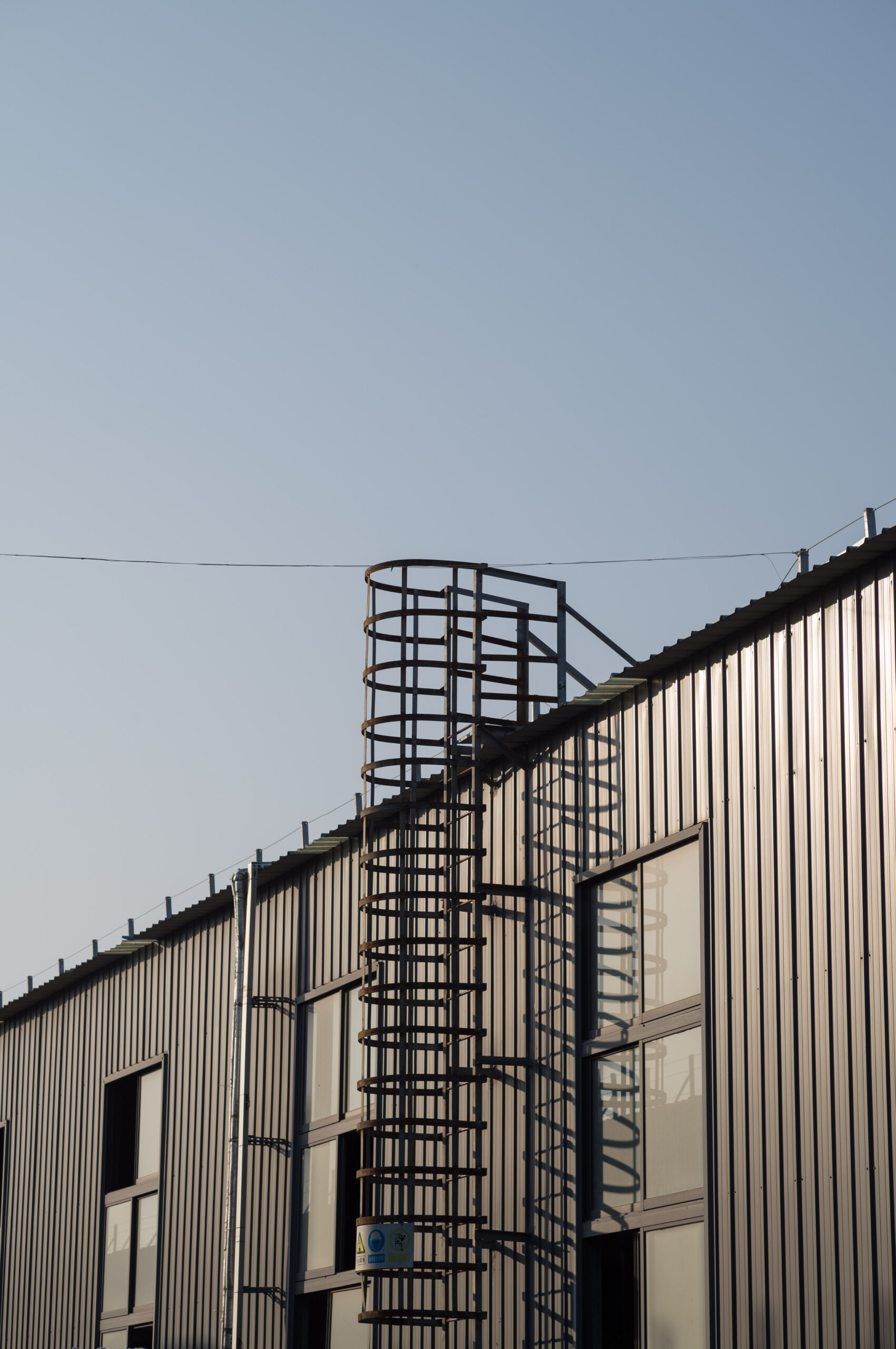Address
No.108 Huaguang Road,Zibo City,Shandong Province,China
Work Hours
Monday to Friday: 9AM - 5PM
Address
No.108 Huaguang Road,Zibo City,Shandong Province,China
Work Hours
Monday to Friday: 9AM - 5PM

High alumina bricks are essential in extreme heat industries. With over 55% alumina content, they resist high temperatures, corrosion, and wear—but they’re not perfect. Here’s where they excel and where they fall short.
1. Steel Production Facilities
In steel plants, high alumina bricks form the protective lining of blast furnaces, electric arc furnaces, and ladles. They consistently withstand temperatures exceeding 1600°C while resisting corrosion from molten metal and slag. Their exceptional thermal stability allows for longer campaign lives between relinings – often 2-3 times longer than standard refractory options. However, this extended lifespan comes at a premium cost, making initial investment significantly higher than basic alternatives.
2. Cement Manufacturing Kilns
The transition and burning zones of cement rotary kilns present some of the most challenging conditions for refractory materials. High alumina bricks excel here due to their:
Yet operators must be cautious during kiln startups – while more durable than many alternatives, these bricks can still develop microcracks if heated too rapidly. Proper preheating procedures are essential to maximize their service life.
3. Glass Production Furnaces
Glass manufacturers rely on high alumina bricks for critical areas like the superstructure and sidewalls. Their low porosity (typically under 20%) prevents glass penetration while maintaining structural integrity at working temperatures. The bricks’ chemical inertness ensures they don’t contaminate molten glass. On the downside, their dense structure makes them heavier than other refractory options, sometimes requiring reinforced furnace designs.
The widespread adoption of high alumina bricks stems from several key benefits:
Despite their advantages, these bricks present some challenges:
When selecting refractory materials, engineers must weigh:
For most extreme-temperature applications, high alumina bricks deliver unmatched performance despite their higher initial cost. Their ability to maintain structural integrity under thermal stress often makes them the most cost-effective solution over the long term. However, for less demanding applications or where rapid thermal cycling occurs frequently, alternative refractory materials might prove more suitable.
Understanding both the capabilities and limitations of high alumina bricks allows for optimal material selection, ensuring both operational efficiency and cost-effectiveness in high-temperature industrial processes.